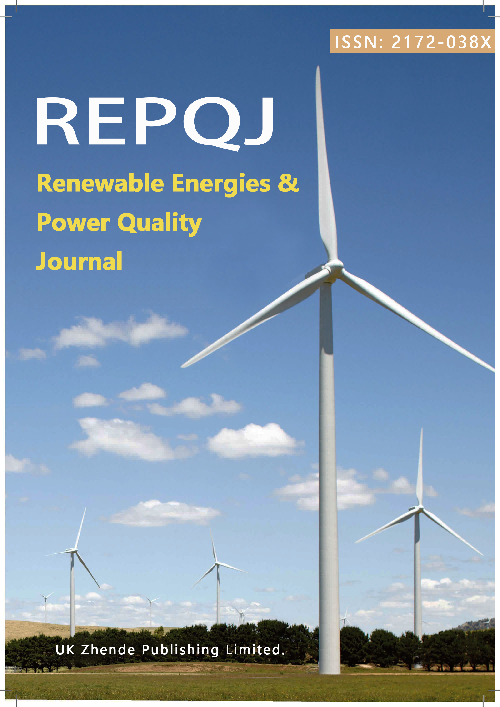Optimization Method of Unstable Over the Horizon Trunking Network Communication Between Microgrids Based on Long-distance Hybrid Networking Technology
DOI:
https://doi.org/10.52152/4129Keywords:
Long-distance hybrid networking, Communication Architecture of Over the Horizon Cluster Network, Microgrid group communication, Multi channel information fusion, Sensor node layoutAbstract
In the complex environment of tropical islands, affected by geography and climate, sensor nodes are unevenly distributed and microgrid clusters are far apart, resulting in extended signal transmission paths and compromising the communication quality between microgrid clusters. Consequently, a communication optimization method for non-stable long-range cluster networks between microgrid clusters based on long-distance hybrid networking technology is proposed. This method involves constructing a communication architecture for a beyond line of sight cluster network using long-distance easing networking technology, with physical layers including access nodes, and deploying sensors using wireless self-organizing network technology. Data is collected and transmitted to the network layer, employing multi-channel information fusion technology to integrate information from diverse networks by extracting bit soft values and implementing multi-channel decision level flexible information fusion. The data is subsequently transmitted to the perception layer, using cluster communication technology protocols and models to perceive signals and achieve communication management. Communication data encryption technology based on hyper-chaotic sequences is employed to optimize the communication process of microgrid clusters. Experimental results demonstrate that this method exhibits significant effects on channel equalization and noise suppression, with a minimum bit error rate of 0%, a character frequency statistical probability of about 0.0039, and an encrypted ciphertext sequence balance value approaching 0. These findings fully demonstrate the effectiveness and superiority of the method, indicating its ability to effectively resist various types of attacks.
Downloads
Published
Issue
Section
License
Copyright (c) 2025 Peng Yu, Rong Fu, Guanbao Yang, Yusheng Wu, Jiankang Ge (Author)

This work is licensed under a Creative Commons Attribution 4.0 International License.











